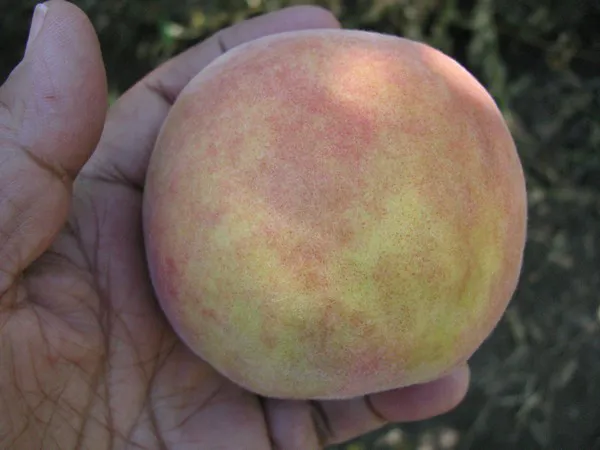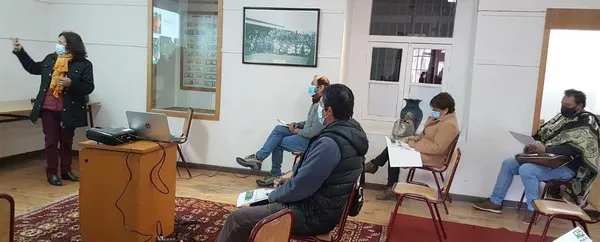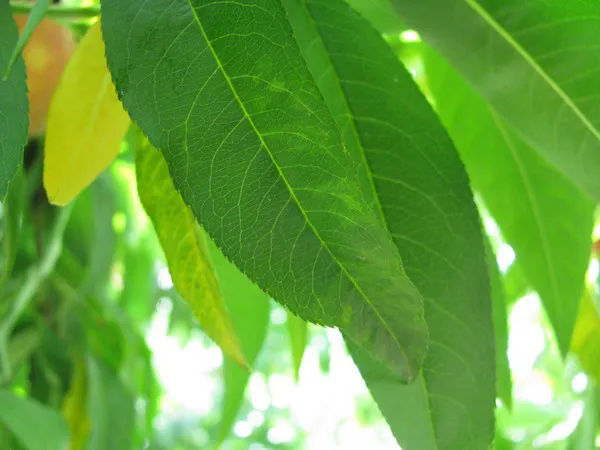"The importance of a healthy plant, free of the sharka virus, starts in the nursery." This was one of the clear messages that Paulina Sepúlveda, a former INIA researcher, delivered to peach growers in Putaendo regarding one of the most devastating viruses affecting stone fruit trees: the sharka disease, the only virus that requires quarantine and mandatory controls by the SAG.
"When an orchard is attacked by sharka, eradication is absolutely necessary, because these infected plants are a permanent reservoir of the disease from which the virus spreads to neighboring plants and orchards.

Between August and September, the symptoms of diseases affecting stone fruit can be observed
In this training, the specialist in phytopathology outlined prevention measures, disease management and how to distinguish sharka disease from other viral or bacterial diseases. She also highlighted the importance of monitoring for the identification, prevention and timely control of diseases as fundamental actions to be taken in a peach orchard.
The INIA project aims precisely for the "Development of mitigation strategies for sharka disease (caused by Plum pox virus race D) in order to strengthen and enhance Chile's entire stone fruit production chain."

The specialist explained that the difficulty of the diseases caused by viruses is that they cannot be controlled, unlike those caused by fungi or bacteria, which can be managed. Therefore, prevention is the only solution; monitoring the orchards to find out whether or not the disease is present and, based on this, make decisions.
Growers were explained how to distinguish sharka from other diseases, caused by fungi and bacteria, that affect peach trees, such as powdery mildew, cloca, monilia, blossom blight, coryneum, silvering, bacterial cancer or crown gall.

The symptoms of sharka virus can become visible in leaves and fruits and, in some cases, in flowers.
Sharka disease is characterized by the appearance of chlorotic rings and deformations in some species and varieties. Symptoms are manifested only on the skin, with the exception of apricots, where the chlorotic ring reaches the pit.
Chlorotic rings and halos can be observed on the leaves, and deformations in the fruit will cause it to lose its quality; in fact, such fruit cannot be exported.
One of the main measures to take to prevent sharka disease is checking that the plants are healthy when buying them, since sharka disease is transmitted in two ways: by vegetative propagation when buying a diseased plant and by aphids.
 For more information:
For more information:
INIA
www.inia.cl
